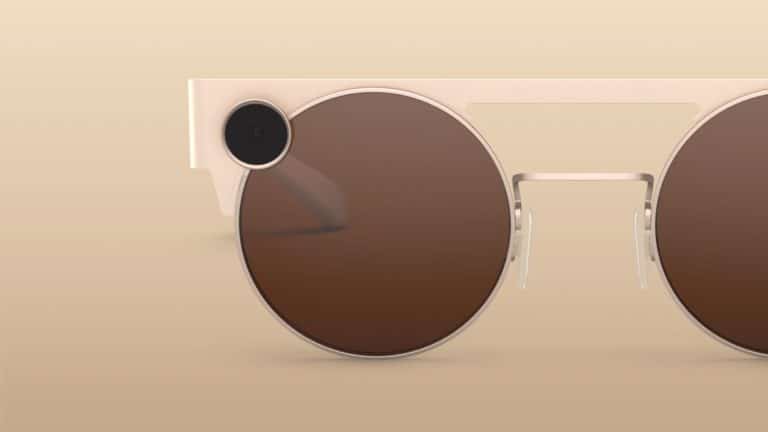
One striking realization about spatial computing is that we’re almost seven years into the sector’s current stage. This traces back to Facebook’s Oculus acquisition in early 2014 that kicked off the current wave of excitement….including lots of ups and downs in the intervening years.
That excitement culminated in 2016 after the Oculus acquisition had time to set off a chain reaction of startup activity, tech-giant investment, and VC inflows for the “next computing platform.” But when technical and practical realities caught up with spatial computing….it began to retract.
Like past tech revolutions – most memorably, the dot com boom/bust – spatial computing has followed a common pattern. Irrational exuberance is followed by retraction, market correction, and scorched earth. But then a reborn industry sprouts from those ashes and grows at a realistic pace.
That’s where we now sit in spatial computing’s lifecycle. It’s not the revolutionary platform shift touted circa-2016. And it’s not a silver bullet for everything we do in life and work as once hyped. But it will be transformative in narrower ways, and within a targeted set of use cases and verticals.
This is the topic of ARtillery’s recent report, Spatial Computing: 2020 Lessons, 2021 Outlook. Key questions include, what did we learn in the past year? What are projections for the coming year? And where does spatial computing — and its many subsegments — sit in its lifecycle?
Warming Up
Picking up where we left off in the last installment in this series, mobile AR is warming people up to spatial experiences, which could provide a softer landing for eventual AR glasses. Technologies such as LiDAR meanwhile unlock compelling and user-friendly AR that attracts more users.
But another device class could have a greater impact towards that same end: wearables. The thought is that devices like Apple Watch and AirPods could condition consumers to wear sensors on their bodies, and thus acclimate to the cultural shift that will be required for AR glasses.
This possibility is amplified as wearables continue to be one of the fastest-growing consumer tech segments. That includes smartwatches and “hearables” such as Apple AirPods and its equivalents. They even performed well during a pandemic, though sales dipped slightly.
Beyond consumer demand, tech giants are embracing wearables as they align with road maps and growth strategies. The poster child is Apple, which is motivated toward wearables as a revenue diversification play, given declining iPhone sales and a maturing smartphone market.
Apple’s year-over-year wearables growth is almost to the point of offsetting iPhone sales declines. Wearables also represent a long-term strategy to future-proof Apple’s multi-device ecosystem approach, consisting of Watch, AirPods, and (soon) smart glasses.
Apple is hoping that this device-constellation approach will collectively achieve holistic sensory augmentation where the whole is greater than the sum of its parts. It’s also hoping this approach motivates consumers to own several devices — an ARPU-boosting move that’s classic Apple.
Trojan Horse
Google is meanwhile motivated toward wearables to maintain direct touchpoints to users. This was the same strategy that drove Google’s Android OS years ago. Just like with mobile devices, Google can position itself closer to users as a “Trojan horse” for search.
Amazon is motivated for similar reasons — a direct consumer touchpoint as a Trojan horse for its core business, which of course is eCommerce. The same thing drives its smart-speakers and Internet-of-things devices — the endgame being more frequent and larger eCommerce baskets.
Going down the list, Microsoft is motivated to drive and future proof its core product: enterprise productivity. That includes its Surface Buds which create deeper integrations to Office products such as language translation, or controlling slide presentations through voice commands.
Then there’s Facebook, where wearables support AR glasses ambitions. Its project Aria is doing just that by feeling out AR glasses’ social dynamics. Speaking of which, Snapchat is doing similar with Spectacles by testing the social waters to gain UX insights for its eventual AR glasses.
Beyond acclimating the world to AR’s future, wearables in some ways already are AR. More accurately, the branch of wearables known as hearables represents AR’s lesser-known cousin, audio AR. This involves spatially-aware and intelligent audio prompts about one’s environment.
It’s also worth noting that Covid-era lockdowns have created supply chain impediments, as with all things hardware. But wearables have been resilient, as noted. Moreover, Covid impact was mostly felt last year, and wearables are back on track to pave the way for AR.

